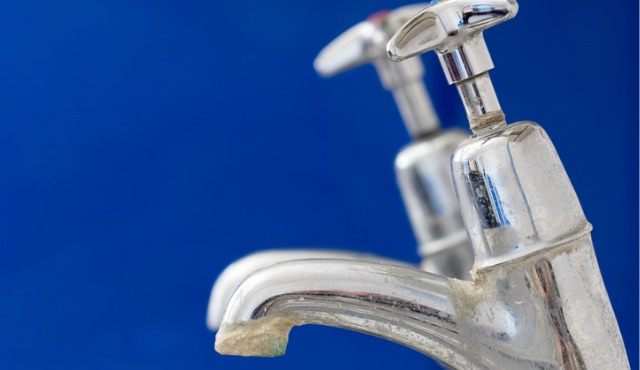By Brooke Chaplan
Hard water can cause many problems in your home, from clogging your pipes to leaving unsightly stains on your dishes and clothes. A water softener is essential to solving this problem and providing soft water, but like any other mechanical equipment, it may require repairs from time to time. Hiring a professional to fix your water softener can be costly, but with some basic knowledge and the right tools, you can repair your water softener yourself. This blog post is all about DIY tips for successfully repairing your home’s water softener.
Check the Salt Tank
The salt tank is an essential component of a water softener, and if it runs out of salt, your system will not function properly. Many homeowners ignore this critical point and assume that their water softener is broken. So, the first step is to check the level of salt in your tank and refill it if necessary. The salt used in your water softener should be of high quality and specifically designed for water softeners, not table salt.
Inspect the Control Valve
The control valve is another crucial part of your water softener system, and if it stops working, your system will not be able to regenerate the resin beads which remove the hard water minerals. A malfunctioning control valve may be due to a power outage, broken switch, or faulty timer. Check all the electrical connections and examine the timer for signs of wear and tear. If you find any defect, replace the faulty part.
Clean the Resin Tank
Over time, the resin tank can become clogged by sediment and other particles. If this happens, you may notice a decrease in water pressure, and your water may again become hard. To clean the resin tank, first shut off the system and then remove and rinse the resin tank with hot water. If the build-up is severe, consider replacing the resin beads or the entire tank.
Monitor Water Usage
If your system regenerates more than necessary, it will use more salt and water than it needs. To save on water, energy, and salt, consider installing a water meter and monitoring your water usage. This way, you will know when your system needs to be regenerated, and you can adjust the settings accordingly.
Understand Your Water Softener Manual
Your water softener manual contains valuable information about your system, including the recommended settings and maintenance procedures. It is crucial to understand its contents to avoid causing more harm than good to your system. Ensure to keep it safe and handy.
Repairing and maintaining your water softener can seem overwhelming at first, but with patience, persistence, and attention to detail, you can successfully fix it yourself. Remember always to follow the safety instructions, use proper tools, and turn off the electricity before any repair work. By taking these DIY steps, you can save money and ensure that you have a healthy supply of soft water for your home always.
Brooke Chaplan is a freelance writer and blogger. She lives and works out of her home in Los Lunas, New Mexico. She highly recommends getting in touch with soft water specialists, like those at Indy Water Heater and Softener LLC, for more information. For more information, contact Brooke via Twitter @BrookeChaplan.








